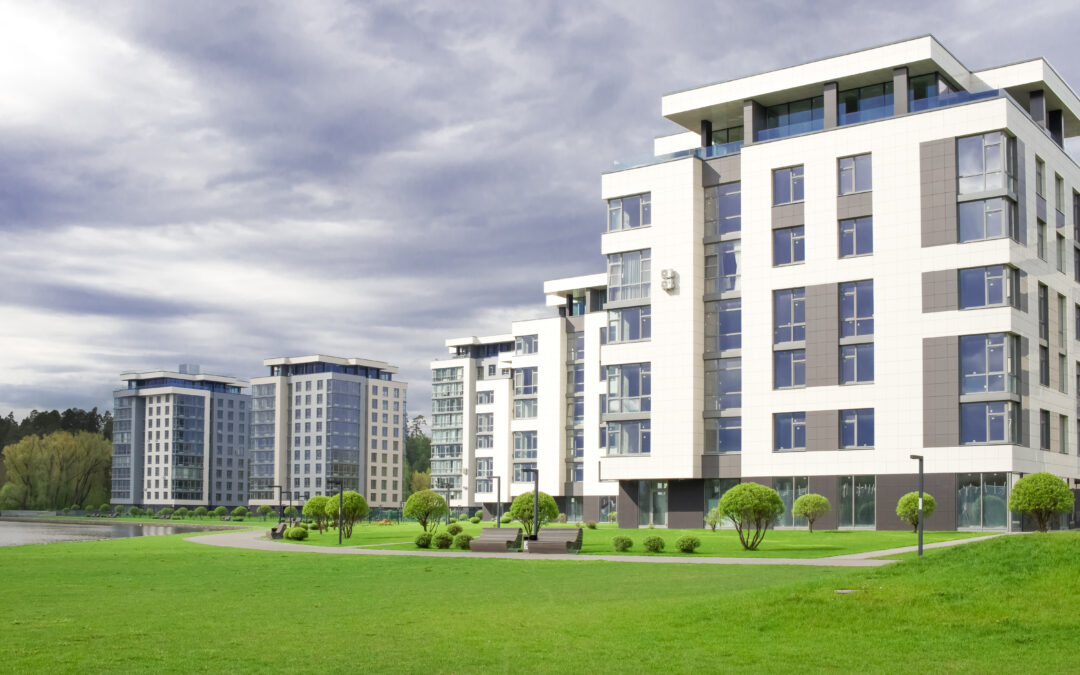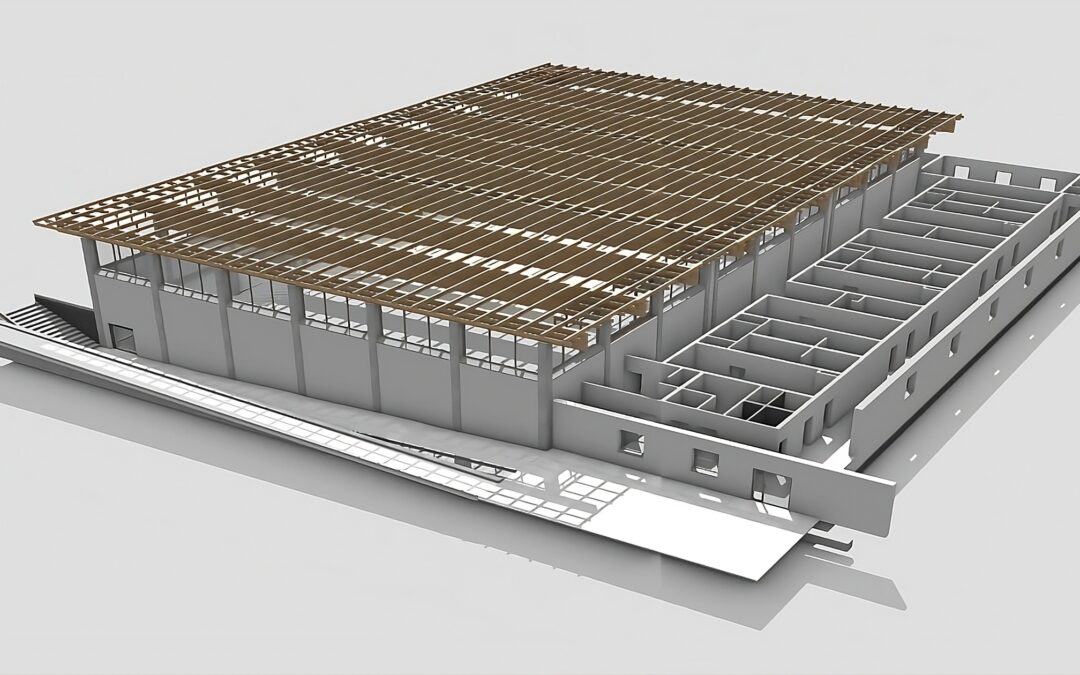In early 2019, Romilly Madew AO FTSE was appointed Chief Executive Officer (CEO) of Infrastructure Australia (IA). In this role, she is responsible for helping governments to prioritise projects and create reforms that best serve communities across Australia.
Romilly recently shared insights about IA receiving additional funding in the 2020/2021 Federal Budget, to provide reform and investment advice in support of an infrastructure-led COVID-19.
This funding ensures that IA is resourced to:
- expand the 2021 Australian Infrastructure Plan to respond to COVID-19;
- lead new research on the capacity of the infrastructure sector to deliver the investment pipeline; and,
- conduct an 18-month comprehensive reset of the Infrastructure Australia Assessment Framework, the basis for inclusion on the Infrastructure Priority List.
Romilly says, “We are pleased to receive additional resources to advise governments on the investments and reforms needed to accelerate recovery from the pandemic.
“This year’s Budget has provided further investment in a sector that is already undertaking record levels of activity. The additional funding will support improved planning and decision-making to avoid constraints and overheating in the sector, reflective of the impacts of COVID-19.
“The expanded role for IA, as the nation’s independent infrastructure advisor, speaks to the importance of infrastructure in the COVID-19 recovery and the Australian government’s ongoing support for independent oversight.”
In an extension of work which was first requested by the Prime Minister and other First Ministers at COAG in March, IA has been tasked with delivering annual analytical assessments of infrastructure market capacity.
Romilly says, “As Australia looks to catalyse economic growth, understanding the impacts of COVID-19 on infrastructure needs to be a priority. Research will bring together Commonwealth, State and Territory, and industry data to provide an annual snapshot of market capacity to support targeted investment and reform.
“Prior to the pandemic, Australia was struggling to address challenges such as population growth in our cities and other major shifts that impact how we use infrastructure. COVID-19 has shown we need to think differently about how we plan for times of uncertainty. Beyond capital projects, we need to focus on reform to shape Australia’s long-term recovery response.
“We now have an opportunity to collaborate with government, industry and the community to get the long term settings right, and this begins with ensuring the next Australian Infrastructure Plan presents the best possible reform response to COVID-19, guiding Australia’s long-term recovery and providing a blueprint for lasting reform.
“Over the last 12 months, IA has been focused on improving the efficiency of our business case assessments. In an extension of that work, we are pleased to have the opportunity to conduct a major reset of the assessment framework, which is our methodology for assessing proposals for inclusion on the Infrastructure Priority List.
“Communities rightly expect decisions on public infrastructure projects to be robust, transparent and accountable. We want to ensure that our assessment process continues to champion this, while also supporting quality proposal development and enabling publicly-funded projects to come to market quickly. Harmonising and streamlining Infrastructure Australia’s Framework with State and Commonwealth guidelines will be a key focus of this project.”
The infrastructure-led recovery will have a considerable impact on employment. Romilly adds, “The historic lift in infrastructure investment in this year’s Federal Budget will drive significant employment growth. With $14 billion in new infrastructure projects expected to generate 14,000 jobs in the future, the Australian government has outlined a staged and proportionate approach that balances investment in both smaller projects that can deliver stimulus quickly, while continuing to invest in larger, productivity-enhancing infrastructure.”
Before joining IA, Romilly was the CEO of Green Building Council of Australia for 13 years and in acknowledgment of her contribution to Australia’s sustainable building movement, she was awarded an Order of Australia.



